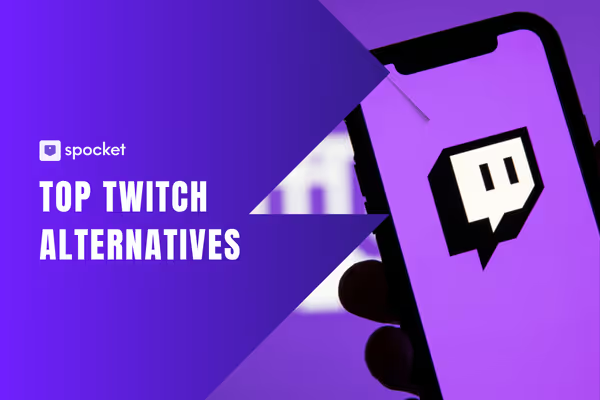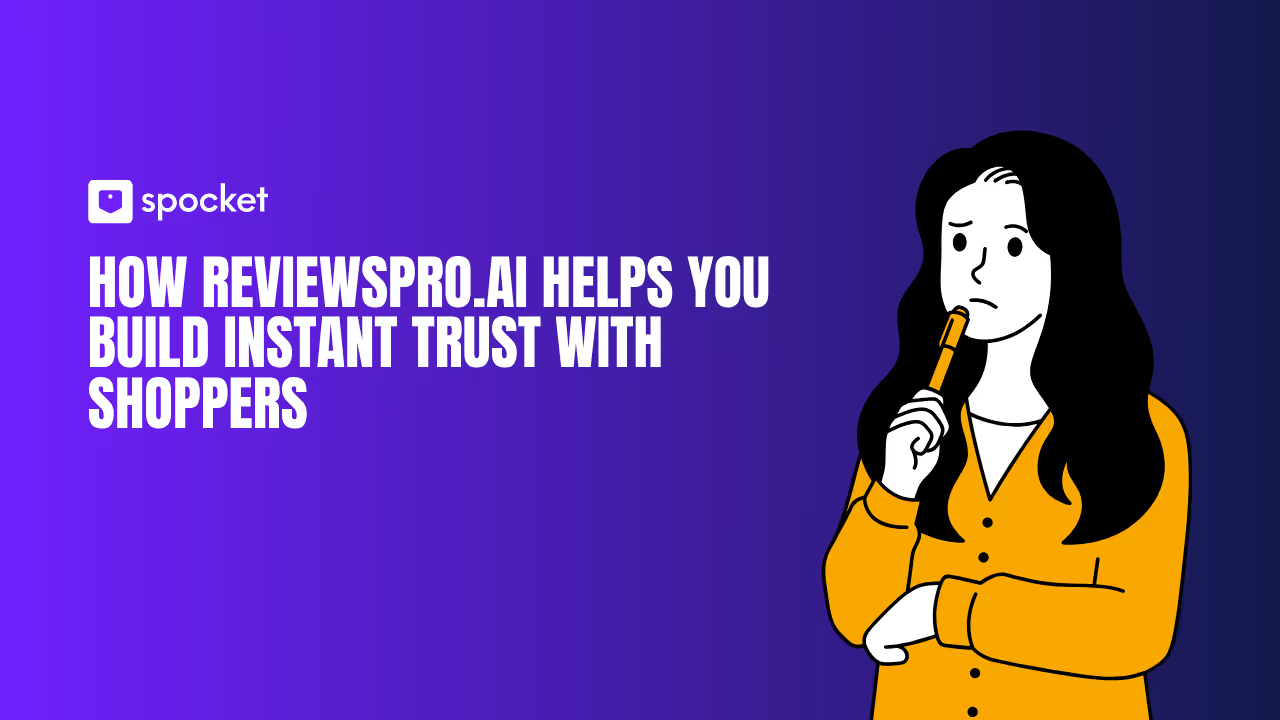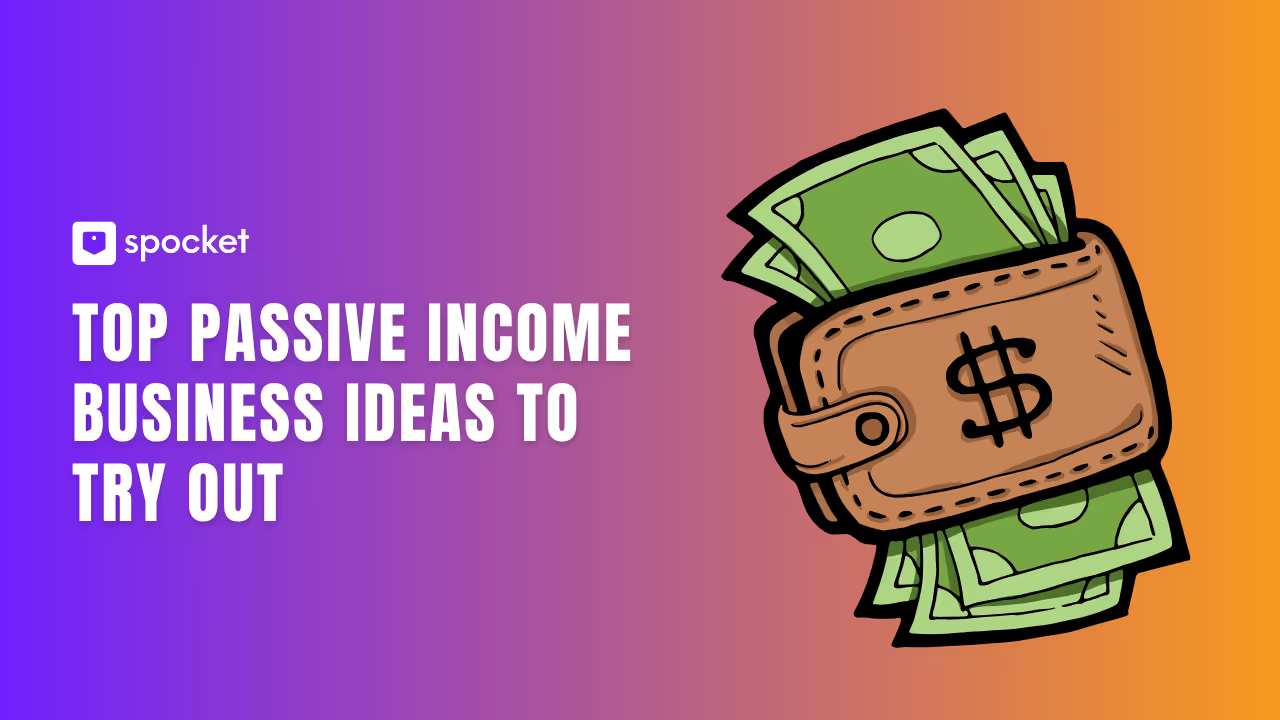Live streaming has revolutionized how we consume content online, turning ordinary viewers into active participants and creators. When it comes to live streaming, Twitch is often the first name that comes to mind, especially for gamers.
But Twitch isn’t the only player. Whether you’re a new streamer seeking less competition or someone who wants a platform that better fits your content type, exploring alternatives can be rewarding. Today, we'll explore the top 10 Twitch alternatives, providing detailed insights, examples, and key stats to help you make an informed choice.
What is Twitch?
Twitch is a popular live streaming platform primarily focused on video game content, but it has expanded to include streams related to music, creative arts, talk shows, and real-life activities. Launched in 2011, Twitch quickly became the go-to place for gamers to broadcast their gameplay live and interact with viewers in real-time.
On Twitch, anyone can create a channel to stream their content, and viewers can watch, chat, and follow their favorite streamers. The platform emphasizes community engagement through live chat, where viewers can talk to the streamer and other viewers instantly.With over 140 million monthly active users, Twitch has become a massive community hub where people not only watch games but also connect socially, learn skills, and enjoy live entertainment.
Why Consider Twitch Alternatives?
Before diving into the alternatives, let’s understand why streamers are looking beyond Twitch:
- High Competition: With millions of streamers on Twitch, new creators struggle to gain visibility.
- Monetization Barriers: Twitch requires streamers to become Affiliates or Partners to earn, which can be tough for beginners.
- Content Restrictions: Twitch has strict policies around some content types, limiting creative freedom.
- Community Vibe: Some streamers seek platforms with different moderation styles or community cultures.
- Technical Limitations: Stream quality, latency, and discovery features vary across platforms.
By exploring other options, streamers can find platforms that better suit their needs, offer improved monetization, or connect them with unique audiences.
10 Best Twitch Alternatives for Every Streamer
While Twitch remains the leader in live streaming, a variety of platforms offer unique features and benefits tailored to different types of content creators. Whether you’re a gamer looking for a fresh audience, a professional broadcaster seeking advanced tools, or someone eager to explore new monetization models, these Twitch alternatives provide exciting options.
Let’s dive into the top platforms that can help you grow your community and enhance your streaming experience.
1. YouTube Live – The Giant of Video Streaming

YouTube Live is much more than just a place to watch videos on demand — it’s one of the world’s largest live streaming platforms. Launched as part of YouTube’s expansive video ecosystem, YouTube Live lets creators broadcast content in real-time, reaching billions of users worldwide.
Why Choose YouTube Live?
- Massive Audience Reach: YouTube has over 2 billion logged-in monthly users, making it an unbeatable platform for reaching diverse audiences.
- Seamless Content Integration: YouTube Live streams are integrated with your regular YouTube channel, meaning live videos, recorded videos, and playlists live side by side.
- Multiple Monetization Options: Streamers can earn through Super Chat, channel memberships, ads, and brand sponsorships — allowing flexible revenue streams.
- Powerful Analytics: YouTube offers detailed viewer analytics, including demographics, watch time, and engagement metrics, helping you refine your content strategy.
Who Should Use It?
YouTube Live is ideal for creators who want to build or leverage a large subscriber base across a variety of niches — including gaming, music, education, fitness, and live events.
Examples
Top creators like PewDiePie and Markiplier frequently use YouTube Live to connect with millions of fans during special events or gameplay sessions.
Drawbacks
- Monetization Thresholds: You need at least 1,000 subscribers and 4,000 watch hours in the past 12 months before you can monetize.
- High Competition: With so many creators, it can be challenging for new streamers to gain visibility without dedicated promotion.
2. Facebook Gaming – Social Media Meets Streaming

Facebook Gaming is Facebook’s dedicated platform for live game streaming, designed to integrate seamlessly with Facebook’s massive social network.
Key Features
- Deep Social Integration: You can stream directly to your Facebook page or profile and easily share your streams with friends, groups, and followers.
- Multiple Monetization Avenues: Streamers earn money via Facebook Stars (a virtual tipping currency), fan subscriptions, and partnerships with brands.
- Interactive Viewer Tools: Features like live polls, fan chats, and instant sharing make streams more engaging.
Who Is It For?
Creators who want to tap into Facebook’s existing social graph to build community-driven streams and leverage viral sharing on social media.
Limitations
- Not as popular with hardcore gaming audiences compared to Twitch.
- Some users are cautious about Facebook’s privacy practices, which can impact adoption.
3. Trovo – A Rising Star with Streamer-Friendly Features

Trovo is an up-and-coming streaming platform launched in 2020, often called the “Twitch alternative with a focus on rewarding streamers.”
Why Trovo?
- Trovo 500 Partnership: This program helps streamers monetize their content quickly, even if they’re just starting out.
- Daily Rewards & Leveling: Both viewers and streamers earn points and rewards for participation, which encourages regular engagement.
- Familiar UI: Trovo’s interface closely resembles Twitch’s, making it easy for streamers and viewers to adapt.
Growth
Trovo has grown rapidly, especially in Southeast Asia and Latin America, increasing its streamer base by over 300% in 2023.
Best For
New and small streamers looking for a platform with less competition but Twitch-like features.
Downsides
- Smaller global audience than Twitch and YouTube.
- Some technical glitches have been reported, but the platform is actively improving.
4. DLive – Blockchain-Powered Streaming

DLive stands out by utilizing blockchain technology to decentralize streaming and give content creators more control and better earnings.
How DLive Works
- Built on the Lino blockchain, it enables transparent and direct financial transactions.
- Streamers keep 100% of donations with no platform fees, unlike other services that take a cut.
- Cryptocurrency rewards are distributed to both streamers and active viewers.
Why It Matters
Blockchain ensures transparent revenue sharing and incentivizes community participation without relying on centralized platforms.
Audience & Growth
Though smaller, DLive’s community is passionate and loyal, growing to over 5 million monthly active users as of 2024.
Ideal Users
Crypto enthusiasts or creators interested in experimenting with decentralized streaming and innovative monetization models.
Challenges
- Crypto volatility can be intimidating.
- The platform’s interface may seem complex for newcomers not familiar with blockchain.
5. Vimeo Livestream – Professional Streaming Made Easy

Vimeo Livestream is designed for professional use — ideal for businesses, educators, and event organizers seeking high-quality, secure streaming.
Why Vimeo?
- High Definition Streaming: Offers crisp HD video with customizable player branding to match your corporate identity.
- Privacy & Security: Advanced controls let you restrict access to your streams, perfect for paid webinars or private events.
- Detailed Analytics: Real-time data helps you understand viewer behavior and engagement.
Use Cases
Webinars, corporate meetings, online courses, product launches, and conferences.
Pricing
Unlike free platforms, Vimeo Livestream is a paid service, with plans starting at approximately $75/month.
Pros & Cons
- Pros: Reliable, customizable, and secure.
- Cons: Not designed for casual or gaming streamers; relatively costly.
6. Nimo TV – Mobile-First Streaming Platform

Nimo TV targets the fast-growing mobile gaming market, especially popular in Southeast Asia and Latin America.
Why Mobile-First?
With mobile gaming accounting for over 53% of global gaming revenue, Nimo TV capitalizes on the trend by prioritizing mobile-friendly features.
Features
- Easy gifting and subscription options for monetization.
- Support for PC and console streaming as well.
- Regionalized content helps attract local viewers.
Best For
Mobile gamers and streamers focusing on emerging markets.
Drawbacks
- Limited reach outside Asia and Latin America.
- Smaller monetization incentives for creators outside core regions.
7. Smashcast – The Esports Enthusiast’s Hub

Smashcast was formed by merging Hitbox and Azubu, targeting esports fans and professional gamers.
Highlights
- Low latency streaming optimized for competitive gaming.
- Integrated social and chat features.
- Partnership and monetization options focused on esports.
Best For
Streamers and viewers focused on esports content and tournaments.
Challenges
- Smaller, niche audience.
- Limited casual content.
8. Steam Broadcasting – Streaming for the Gaming Community Inside Steam

Steam Broadcasting is a live streaming feature built directly into the popular Steam platform, which is primarily known as a digital game distribution service by Valve Corporation. Unlike standalone streaming platforms, Steam Broadcasting lets gamers stream their gameplay easily to friends or the public without needing external software or accounts.
Why Choose Steam Broadcasting?
- Integrated with Steam: Since Steam is the largest PC gaming marketplace, with over 150 million active users, Steam Broadcasting makes streaming very convenient for gamers already on the platform.
- No Additional Setup: You can start broadcasting directly from your Steam client with just a few clicks—no need for third-party tools or accounts.
- Privacy Controls: Streamers can choose who watches — from just friends, friends of friends, or public viewers — giving flexibility over your audience.
- Seamless Viewer Experience: Viewers watch streams directly on the Steam client or via web browsers, allowing easy access without extra apps.
Who Should Use Steam Broadcasting?
Steam Broadcasting is ideal for PC gamers who want to share gameplay with their existing Steam friends or reach a niche gaming community without dealing with complex streaming setups.
Monetization and Limitations
- Steam Broadcasting does not have built-in monetization options like Twitch or YouTube Live. It's more geared towards casual streaming and community sharing.
- Since it’s tightly integrated with Steam, it lacks some advanced features like overlays, chat moderation tools, or monetization systems.
- Viewer count and discoverability are limited compared to larger platforms.
9. Dacast – Professional-Grade Streaming for Businesses and Broadcasters

Dacast is a powerful live streaming platform designed primarily for businesses, educators, and professional broadcasters who need reliable, high-quality video streaming with advanced features.
Why Choose Dacast?
- All-in-One Streaming Solution: Dacast offers both live streaming and video hosting (VOD), enabling broadcasters to manage all their video content in one place.
- Monetization Options: With built-in tools for pay-per-view, subscription models, and advertising, Dacast makes it easy for content owners to generate revenue.
- Global Content Delivery Network (CDN): Streams are delivered smoothly worldwide using top-tier CDN providers, ensuring low latency and high-quality playback.
- Advanced Security & Privacy Controls: Features like password protection, geo-blocking, and domain restrictions help protect your content from unauthorized access.
- Comprehensive Analytics: Detailed viewer insights allow broadcasters to understand audience behavior and optimize their content.
Who Should Use Dacast?
- Businesses hosting webinars, conferences, or product launches.
- Educational institutions offering remote learning.
- Media companies and event organizers who require professional-grade streaming services.
Pricing and Plans
Dacast offers flexible pricing, including monthly and annual subscriptions starting around $39/month, with higher-tier plans unlocking more features and bandwidth.
Limitations
- Not tailored for casual gaming or social streaming.
- Pricing can be steep for individual or small-scale streamers.
10. Kick.com – A Fresh and Streamer-Friendly Live Streaming Platform

Kick.com is an emerging live streaming platform aiming to offer creators a more flexible and rewarding streaming experience. Designed to compete with major players like Twitch, Kick focuses on providing streamers with better monetization options and a less restrictive environment.
Why Choose Kick.com?
- Generous Revenue Sharing: Kick.com is known for offering some of the highest revenue shares to streamers, often allowing creators to keep up to 95% of their earnings, making it very attractive for monetization.
- Easy Setup and Use: The platform is user-friendly, allowing streamers to start broadcasting quickly without complex configurations.
- Growing Community: Though relatively new, Kick is rapidly expanding its user base, attracting both new and established streamers seeking alternatives to Twitch.
- Less Restrictive Policies: Kick aims to foster a more open streaming environment with fewer content restrictions, giving creators more freedom.
Who Should Use Kick.com?
Kick is ideal for streamers who want better monetization terms and more creative freedom. It’s also great for those looking for a growing platform where they can stand out more easily compared to saturated sites like Twitch.
Monetization and Limitations
Kick offers competitive monetization options, including subscriptions, tips, and donations, with minimal platform cuts. However, as a newer platform, its audience size and discoverability are still smaller compared to Twitch and YouTube.
How to Pick the Best Streaming Platform for You
With so many streaming platforms available today, choosing the right one can feel overwhelming. The best platform for you depends on several key factors related to your content, audience, and goals. Let’s break down the main considerations to help you make an informed choice:
1. Content Type
Different platforms cater to different types of content. Are you primarily streaming:
- Gaming? Platforms like Twitch, Trovo, or Facebook Gaming specialize in gaming communities.
- Music or Art? YouTube Live and Facebook are great for creative streams with diverse audiences.
- Education or Professional Events? Vimeo Livestream or Dacast offer the features and security ideal for webinars, conferences, and classes.
Understanding your content type helps you find a platform with the right tools and audience expectations.
2. Audience Size and Location
Consider where your audience is and how large it is:
- Do you want to reach a global audience? YouTube Live and Facebook Gaming have massive worldwide user bases.
- Is your focus on a regional or niche community? Platforms like Nimo TV (strong in Southeast Asia) or DLive (crypto communities) might fit better.
Choosing a platform where your potential viewers are active increases your chances of growth and engagement.
3. Monetization Needs
How do you want to earn from streaming?
- Donations and tips: Twitch and DLive have integrated tipping options.
- Subscriptions: YouTube Live and Facebook Gaming support monthly fan subscriptions.
- Advertising: YouTube offers ad revenue sharing for monetized channels.
- Crypto rewards: Platforms like DLive use blockchain-based tokens.
Pick a platform with monetization options that align with your goals and your audience’s preferences.
4. Community Culture
Each streaming platform has its own community vibe and moderation policies:
- Do you prefer a tight-knit, supportive community? Trovo and DLive are known for nurturing smaller streamer communities.
- Are you comfortable in a larger, more competitive environment? Twitch and YouTube have vast but highly competitive user bases.
Understanding the community culture helps ensure you feel comfortable interacting and growing your channel.
5. Technical Features
Streaming quality and interactivity matter a lot for viewer experience:
- Does the platform support high-definition streaming with low latency?
- Are there tools for live chat, polls, or viewer engagement?
- How reliable is the platform’s content delivery network (CDN) and uptime?
Good technical performance keeps viewers engaged and encourages repeat visits.
Pro Tip: Start Where Your Audience Already Is
If you already have a social media following or community on platforms like Facebook, YouTube, or Steam, it’s smart to begin streaming there. You can leverage existing fans and grow organically before branching out to other platforms.
Final Thoughts
Twitch might be the biggest, but it’s far from the only option for live streaming success. Platforms like YouTube Live and Facebook Gaming offer unparalleled reach, while Trovo and DLive give smaller creators a fair shot at growth and monetization.
Whatever your style, from blockchain to mobile-first to professional event streaming, these Twitch alternatives empower you to connect with audiences on your terms. Explore these platforms, experiment boldly, and find the perfect stage for your live streaming journey!







































